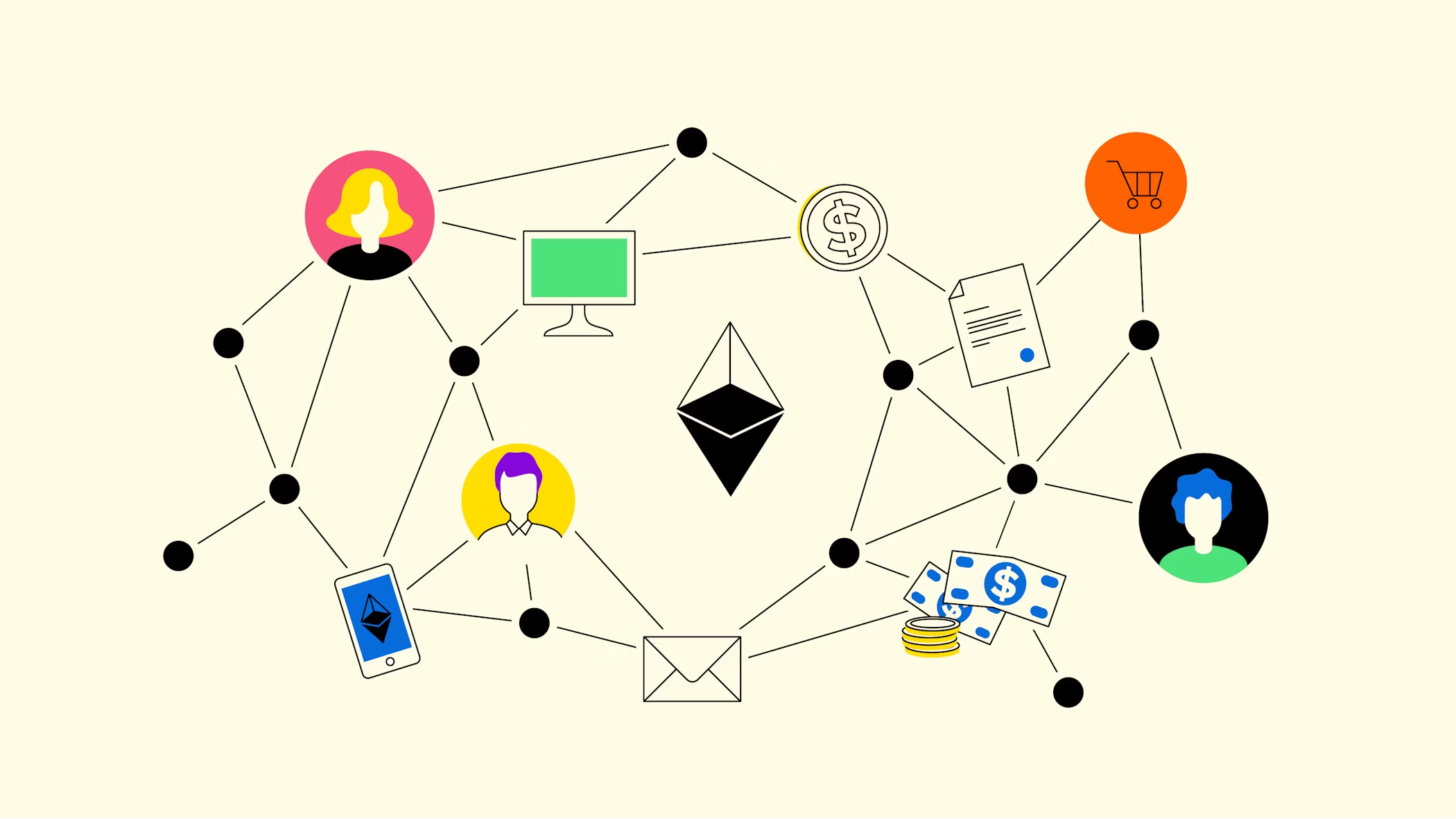
What is the Metaverse?
Definition of the Metaverse
The metaverse is a virtual universe where digital representations of people, known as avatars, can interact with each other and the environment around them. It is a convergence of virtually enhanced physical reality and physically persistent virtual space, including virtual reality (VR), augmented reality (AR), and the internet. Essentially, it is a shared online space that exists parallel to the real world, enabling users to experience a blend of digital and physical realities.
How does the Metaverse work?
The metaverse functions through a combination of several advanced technologies. Virtual Reality (VR) is one of the primary technologies driving the metaverse. It uses VR headsets to immerse users in a fully virtual environment, allowing for realistic interactions within the metaverse. This technology provides a sense of presence and engagement essential for a convincing virtual experience.
Augmented Reality (AR) overlays digital content onto the real world, enhancing the user's experience by combining physical and virtual realms. AR allows users to see and interact with digital elements in their physical environment, creating a blended experience that enhances the perception of reality. This technology is crucial for applications that require interaction with both the real and virtual world.
Blockchain technology ensures secure and decentralised transactions within the metaverse, enabling the ownership and trade of digital assets. It provides a transparent and immutable ledger that records all transactions, ensuring that digital assets are securely owned and can be traded without intermediaries. This technology is fundamental for creating a trustworthy economic system within the metaverse.
High-quality 3D graphics and powerful computing systems render virtual worlds, making them immersive and interactive. Advanced graphics processing units (GPUs) and computing power are essential for creating detailed and realistic virtual environments. These technologies enable the creation of complex and visually appealing virtual worlds that users can explore and interact with.
Internet connectivity, specifically high-speed internet, is crucial for real-time interactions and seamless experiences in the metaverse. This virtual environment relies on continuous data exchange between users and servers, necessitating a stable and fast internet connection. High-speed internet ensures that users can interact with the virtual environment and other users without lag or interruptions, providing a smooth and engaging experience.
How to buy into the Metaverse
Investing in Metaverse assets
Entering the metaverse often involves purchasing digital assets or stocks related to its development. Here are some ways to invest:
Metaverse stocks: Companies like Meta (formerly Facebook) are heavily involved in developing the metaverse. Investing in their stocks can provide exposure to this growing sector.
Cryptocurrencies: Many metaverse platforms have their own cryptocurrencies used for transactions within the virtual world. Examples include Decentraland (MANA) and The Sandbox (SAND).
Virtual real estate: Platforms like Decentraland and The Sandbox allow users to buy, sell, and develop virtual land, creating opportunities for investment and development.
How to use the Metaverse
Engaging with the Metaverse
The metaverse offers various ways for users to engage and participate:
Social interaction: Users can connect with friends and meet new people in virtual spaces, attend events, or simply hang out.
Gaming: The metaverse hosts a variety of immersive games, where users can participate in complex virtual worlds and narratives.
Work: Virtual offices and meeting rooms are becoming commonplace, allowing for remote collaboration in a shared virtual environment.
Shopping: Users can visit virtual stores to purchase both digital and real-world products, often using cryptocurrencies.
Education: Virtual classrooms and training environments provide innovative ways to learn and develop new skills.
What are the risks with the Metaverse?
While the metaverse offers exciting opportunities, it may also present several risks. Privacy concerns are significant due to the extensive data collection in the metaverse, raising issues about how users' data is used and protected. Cybersecurity threats, including hacking and fraud, are prevalent in digital spaces, making security a crucial concern. Also, the immersive nature of the metaverse can lead to digital addiction, negatively impacting users' real-life activities and responsibilities.
Access to the necessary technology for participating in the metaverse can widen the gap between different socio-economic groups, leading to economic disparities. Additionally, the metaverse can exacerbate social isolation, as individuals might prefer virtual interactions over real-world connections, potentially leading to a decline in physical social skills and mental well-being. The environmental impact of running extensive virtual worlds, including energy consumption and electronic waste, is another concern that needs addressing. Lastly, the ethical implications of AI and virtual experiences, such as the potential for manipulation and the creation of harmful content, present challenges that society must navigate as the metaverse evolves.
Conclusion
The metaverse represents a new frontier in digital interaction, offering a blend of physical and virtual experiences. As it continues to develop, it presents numerous opportunities for investment and engagement, alongside various challenges. Understanding the metaverse's workings, how to invest, and the potential risks involved is essential for anyone looking to navigate this evolving landscape.
Are you ready to buy cryptocurrencies?
Get started nowDISCLAIMER
This article does not constitute investment advice, nor is it an offer or invitation to purchase any crypto assets.
This article is for general purposes of information only and no representation or warranty, either expressed or implied, is made as to, and no reliance should be placed on, the fairness, accuracy, completeness or correctness of this article or opinions contained herein.
Some statements contained in this article may be of future expectations that are based on our current views and assumptions and involve uncertainties that could cause actual results, performance or events which differ from those statements.
None of the Bitpanda GmbH nor any of its affiliates, advisors or representatives shall have any liability whatsoever arising in connection with this article.
Please note that an investment in crypto assets carries risks in addition to the opportunities described above.

